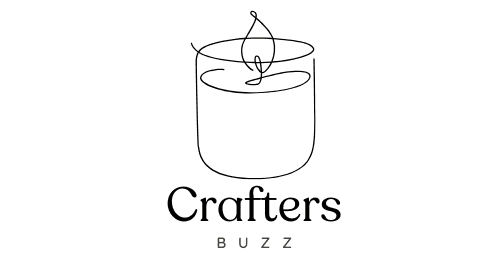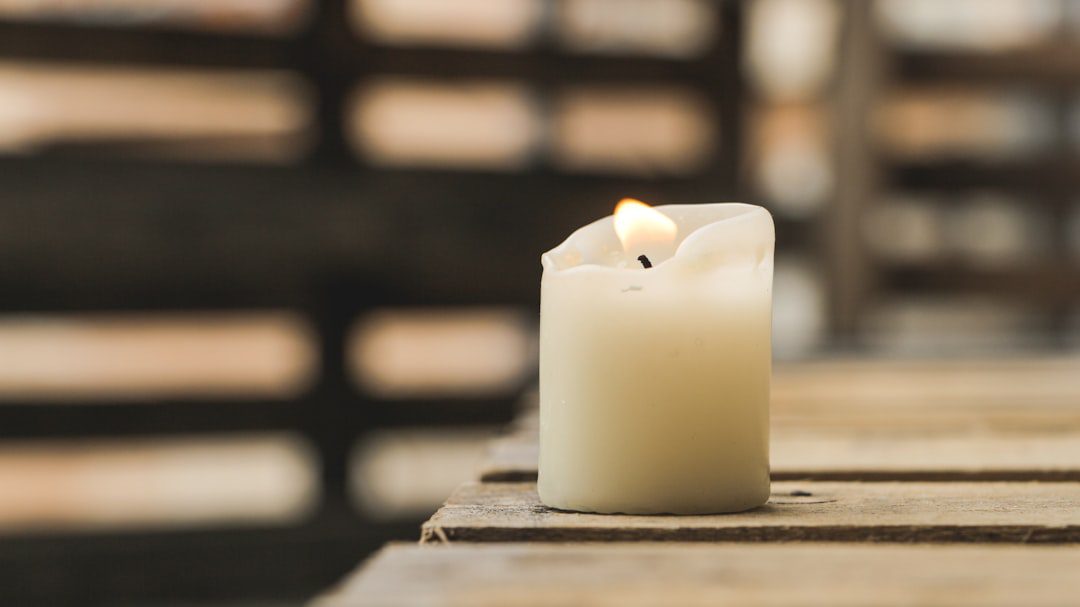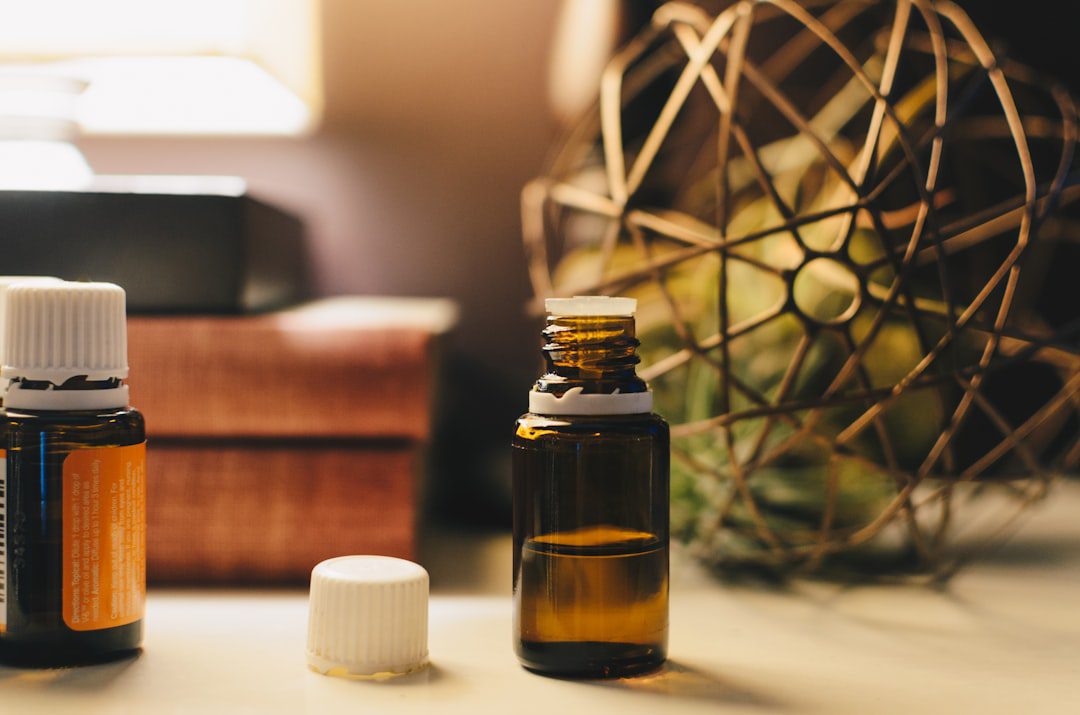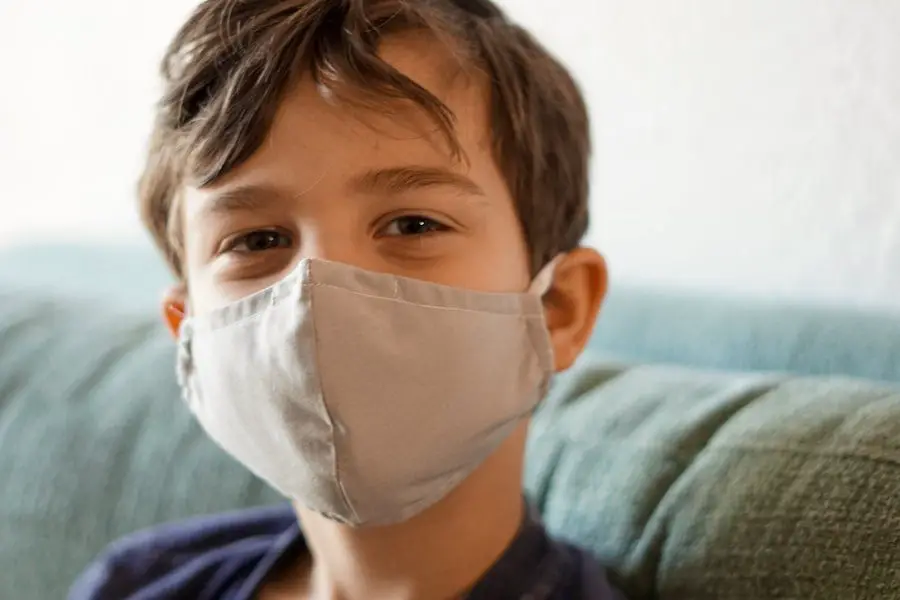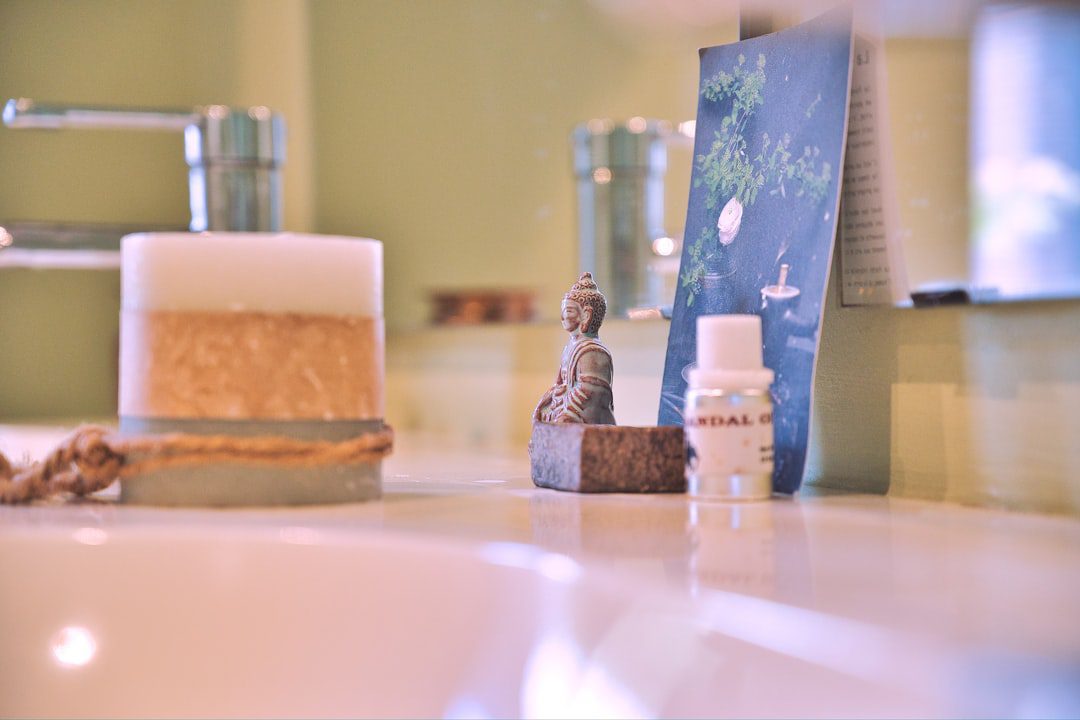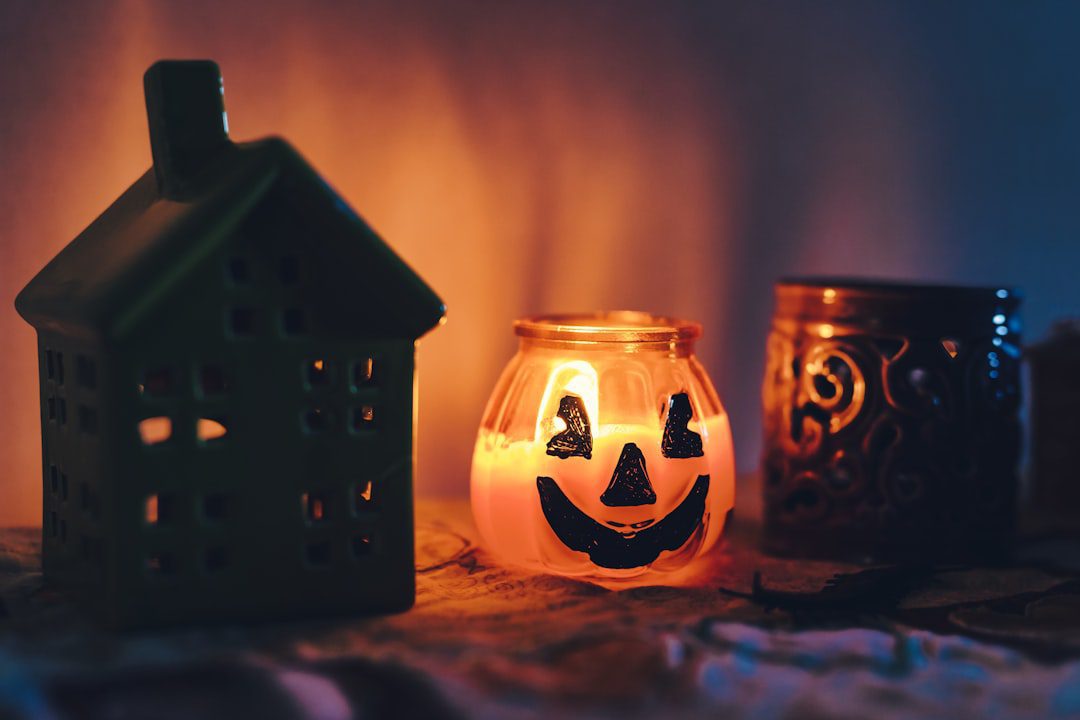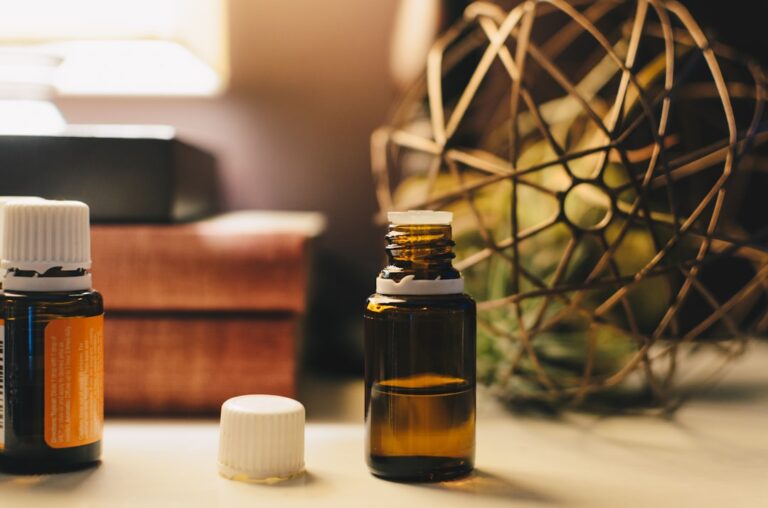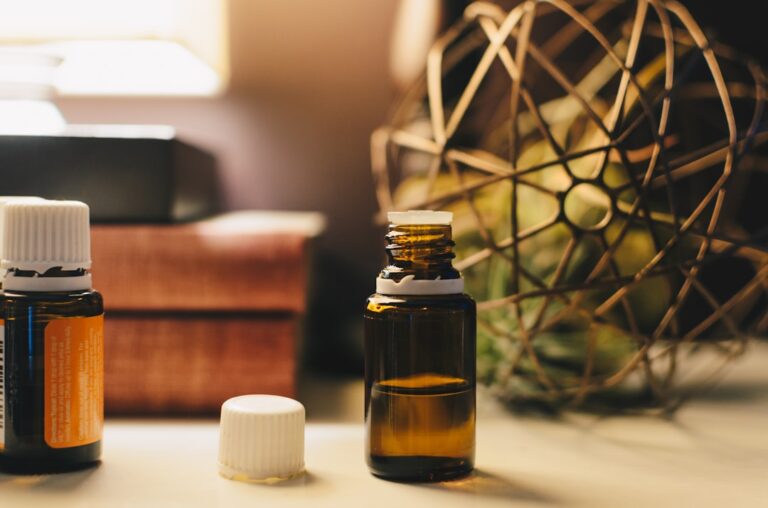Safety tips for using essential oils in candles, especially around children and pets.
Essential oils have surged in popularity over the past few years, often touted for their therapeutic properties and delightful fragrances. When incorporated into candles, these oils can create an inviting atmosphere, enhance mood, and even promote relaxation. However, while the allure of essential oils is undeniable, it is crucial to recognize the potential risks they pose, particularly in households with children and pets.
Essential oils are highly concentrated plant extracts that can be potent and, in some cases, toxic. The very qualities that make them appealing can also lead to adverse reactions if not handled properly. The risks associated with essential oils in candles can manifest in various ways.
For instance, certain oils can cause allergic reactions or respiratory issues when inhaled, especially in sensitive individuals. Additionally, pets may be more vulnerable to the effects of essential oils due to their unique physiology. Cats, for example, lack certain enzymes necessary to metabolize specific compounds found in many essential oils, making them particularly susceptible to toxicity.
Understanding these risks is the first step toward creating a safe environment for both children and pets while still enjoying the benefits of aromatic candles.
Key Takeaways
- Essential oils in candles can pose potential risks to children and pets if not used safely
- Choose essential oils that are safe for use around children and pets, such as lavender, chamomile, and cedarwood
- Dilute essential oils properly and use safe diffusion methods when making candles
- Store essential oils and candles out of reach of children and pets to minimize risks
- Always supervise the use of essential oil candles around children and pets and take necessary safety precautions
Choosing safe essential oils for candles: Tips for selecting oils that are safe for use around children and pets
When selecting essential oils for candle-making, it is imperative to prioritize safety, especially in homes with children and pets. Not all essential oils are created equal; some are known to be more toxic than others. For instance, oils such as tea tree, eucalyptus, and peppermint can be harmful to pets if ingested or inhaled in concentrated forms.
Therefore, it is advisable to opt for milder oils that are generally recognized as safe. Lavender and chamomile are excellent choices; they not only provide soothing scents but are also less likely to cause adverse reactions. In addition to choosing the right oils, it is essential to consider the quality of the essential oils being used.
Pure, therapeutic-grade essential oils are preferable over synthetic fragrances or lower-quality oils that may contain harmful additives. When purchasing essential oils, look for reputable brands that provide transparency regarding their sourcing and production processes. Certifications such as organic or wildcrafted can also indicate a higher standard of quality.
By being discerning about the essential oils selected for candle-making, you can significantly reduce the risk of exposure to harmful substances.
Dilution and diffusion: Best practices for safely diluting and diffusing essential oils in candles
Dilution is a critical aspect of safely using essential oils in candles. Essential oils are highly concentrated substances, and using them undiluted can lead to overwhelming scents or even health risks. When making candles, it is advisable to follow recommended dilution ratios to ensure that the essential oil concentration remains within safe limits.
A common guideline is to use about 3-5% essential oil by weight in your candle wax. This means that for every 100 grams of wax, you would use 3-5 grams of essential oil. This dilution not only helps mitigate potential risks but also allows for a more balanced fragrance profile.
Diffusion is another method of incorporating essential oils into your home environment without the risks associated with burning candles. Using a diffuser allows for a controlled release of essential oil into the air, which can be adjusted based on the size of the room and the sensitivity of its occupants. When diffusing essential oils, it is important to monitor the duration and intensity of diffusion, especially around children and pets.
Shorter diffusion times and lower concentrations can help minimize any potential adverse effects while still providing the aromatic benefits of essential oils.
Safe storage and handling: How to store and handle essential oils and candles to minimize risks
Proper storage and handling of essential oils and candles are vital components of ensuring safety in your home. Essential oils should be stored in a cool, dark place away from direct sunlight and heat sources, as exposure can degrade their quality and potency. It is also crucial to keep them out of reach of children and pets; using child-proof containers or high shelves can help prevent accidental ingestion or exposure.
Additionally, always ensure that bottles are tightly sealed after use to avoid spills or leaks. When handling candles infused with essential oils, it is important to exercise caution during both the making process and when lighting them. Always use heat-resistant containers for your candles to prevent breakage or melting that could lead to spills.
Furthermore, when lighting candles, ensure they are placed on stable surfaces away from flammable materials. Regularly check candles for any signs of damage or wear, such as cracks in the container or excessive soot buildup, which could indicate a need for replacement or repair.
Monitoring and supervision: Tips for using essential oil candles around children and pets under supervision
Supervision is key when using essential oil candles in environments with children and pets. Even with careful selection of safe oils and proper handling practices, accidents can happen. It is advisable to light candles only when you can actively monitor their use.
This means avoiding leaving candles unattended in rooms where children play or where pets roam freely. Establishing designated areas for candle use can help create boundaries that keep curious hands and paws at a safe distance. In addition to physical supervision, educating family members about candle safety can foster a culture of awareness within the home.
Teach children about the importance of not touching lit candles or attempting to blow them out without adult supervision. For pet owners, understanding which scents may be harmful can help prevent accidental exposure. Keeping a close eye on both children and pets while candles are lit will not only enhance safety but also allow everyone to enjoy the ambiance created by the flickering flames.
Safety precautions: Important precautions to take when using essential oil candles around children and pets
Implementing safety precautions when using essential oil candles is crucial for minimizing risks associated with their use around children and pets. One fundamental precaution is to ensure proper ventilation in areas where candles are burned. Adequate airflow helps disperse any potentially harmful compounds released during burning, reducing the likelihood of respiratory issues for sensitive individuals.
Opening windows or using fans can facilitate better air circulation. Another important precaution involves being mindful of the placement of candles within your home. Avoid placing candles on low surfaces where they can be easily knocked over by children or pets.
Instead, opt for elevated surfaces that are out of reach but still allow for enjoyment of the candle’s fragrance and ambiance. Additionally, consider using flameless LED candles infused with essential oil scents as an alternative; these provide a similar aromatic experience without the fire hazard associated with traditional candles.
Emergency response: How to respond in the event of accidental exposure to essential oils in candles
Despite taking precautions, accidents may still occur, necessitating a clear plan for emergency response in case of accidental exposure to essential oils from candles. If a child or pet ingests an essential oil or shows signs of an allergic reaction—such as difficulty breathing, vomiting, or skin irritation—immediate action is required. For children, it is crucial to contact poison control or seek medical attention right away; having the bottle or packaging on hand can provide medical professionals with vital information about the specific oil involved.
For pets, contacting a veterinarian should be your first step if you suspect they have ingested an essential oil or are exhibiting unusual behavior after exposure. Many veterinary clinics have emergency hotlines available for urgent situations outside regular hours. Providing detailed information about the type of oil involved and any symptoms observed will assist veterinarians in determining the best course of action.
Summarizing the key safety tips for using essential oils in candles around children and pets
In summary, while essential oil candles can enhance our living spaces with delightful aromas and therapeutic benefits, it is imperative to approach their use with caution—especially in homes with children and pets. By choosing safe essential oils known for their mildness, practicing proper dilution techniques, and ensuring safe storage and handling practices, we can significantly reduce potential risks associated with these products. Monitoring candle use closely under supervision further enhances safety while fostering an environment where everyone can enjoy the benefits of aromatherapy without compromising health.
Implementing these safety precautions will not only protect vulnerable members of your household but also allow you to fully appreciate the calming effects that well-crafted essential oil candles can bring into your life. By remaining vigilant and informed about best practices surrounding essential oil use in candles, you can create a harmonious atmosphere that prioritizes both wellness and safety.
When using essential oils in candles, especially around children and pets, it is important to prioritize safety. One related article that provides valuable information on a safe modern alternative to traditional candles is Using Dyes and Pigments for Candle Coloring offers helpful tips and techniques. And for those interested in making their own candles, the article DIY Votive Candles: Tips and Tricks provides step-by-step instructions for creating beautiful candles at home.
FAQs
What are essential oils?
Essential oils are natural, aromatic compounds found in the seeds, bark, stems, roots, flowers, and other parts of plants. They are often used for their fragrance and therapeutic properties.
How can essential oils be used in candles?
Essential oils can be added to the wax or the wick of a candle to create a fragrant and therapeutic atmosphere when the candle is burned.
Are essential oils safe to use around children and pets?
Some essential oils can be toxic to children and pets, so it is important to use caution when using them in candles or any other form around them.
What safety tips should be followed when using essential oils in candles around children and pets?
– Keep candles with essential oils out of reach of children and pets.
– Use essential oils that are safe for use around children and pets, and in the appropriate dilution.
– Always supervise the burning of candles with essential oils, and extinguish them when leaving the room.
– Consider using alternative methods, such as diffusers, to enjoy the benefits of essential oils without the risk of burning candles.
Which essential oils are safe to use around children and pets?
Some essential oils that are generally considered safe for use around children and pets include lavender, chamomile, and frankincense. However, it is important to research each oil and consult with a professional before use.
What are the potential risks of using essential oils in candles around children and pets?
The potential risks include toxicity, allergic reactions, and respiratory issues. Some essential oils can be harmful if ingested, and pets may be particularly sensitive to certain oils.
